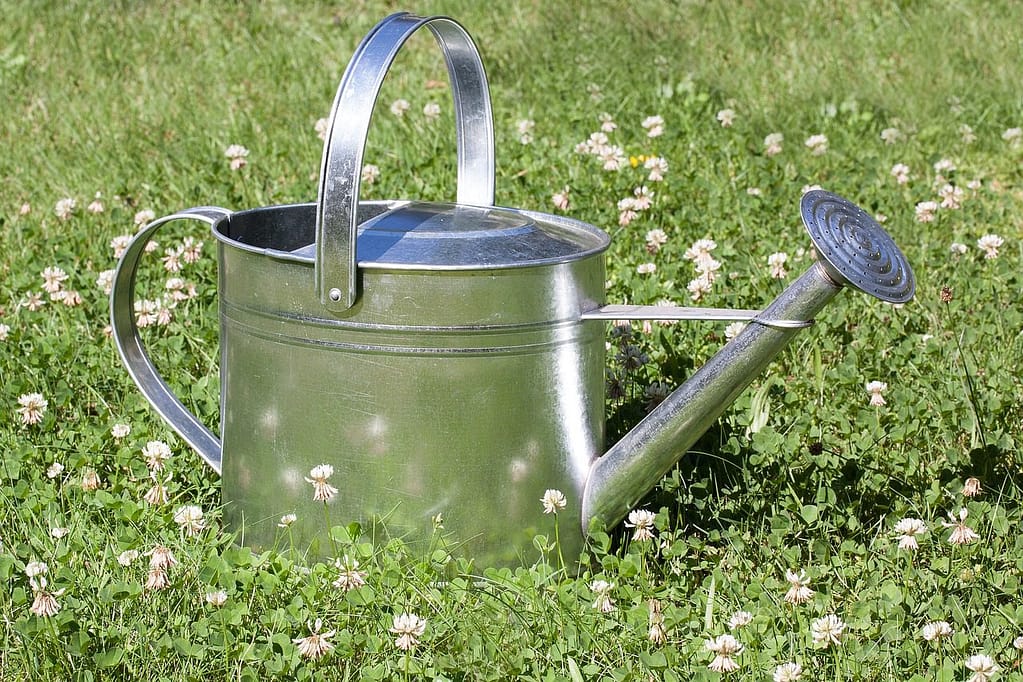What is the Difference between Sheet and Plate?
Sheets and Plates are not uncommon words. Everyone knows about sheet metal and metal plates. But actually, do you know the difference between sheet and plate? Let’s discuss the difference between Sheet and Plate.
The Main Difference between Sheet and Plate
Most manufacturing industries use sheet metals and metal plates for manufacturing. There are different sizes and thicknesses of both sheets and plates.
The main difference between sheet and plate lies in their thickness. Sheets are generally considered to be less than 6 mm thick, while plates are usually thicker than 6 mm.
However, it’s important to note that there is no strict demarcation between what is considered a sheet and what is considered a plate. The distinction between the two can vary depending on industry practices and specific applications.
Sheet Metal Fabrication
Due to less thickness of the sheets compared to metal plates, it can be easily changed the shape of the sheet. Bending, Punching, Spot Welding, and Riveting are very common processes for sheet metal fabrications. However, you can easily design sheet metal products using sheet metal features of modern CAD Software.
Sheets are often used for a variety of applications such as
- Roofing
- Cladding
- Packaging, and fabrication of smaller components.

Sheet metals are available in different materials, including metals like
- Stainless Steel like 304, 316, 316L
- Aluminium and Aluminium Alloys
- Copper and Copper Alloy
How to Manufacture using Metal Plate
For metal plate fabrication, there are different manufacturing processes that are used than sheet metal fabrication. Why you can not use sheet metal fabrication methods for metal plates? The problem is the thickness of the metal part is higher than a sheet. Then it is difficult to use those methods like sheet metal bending and spot welding or riveting. So, you can go for the following metal fabrication processes.
- Cutting
- Forming
- Welding
- Machining



0 Comments